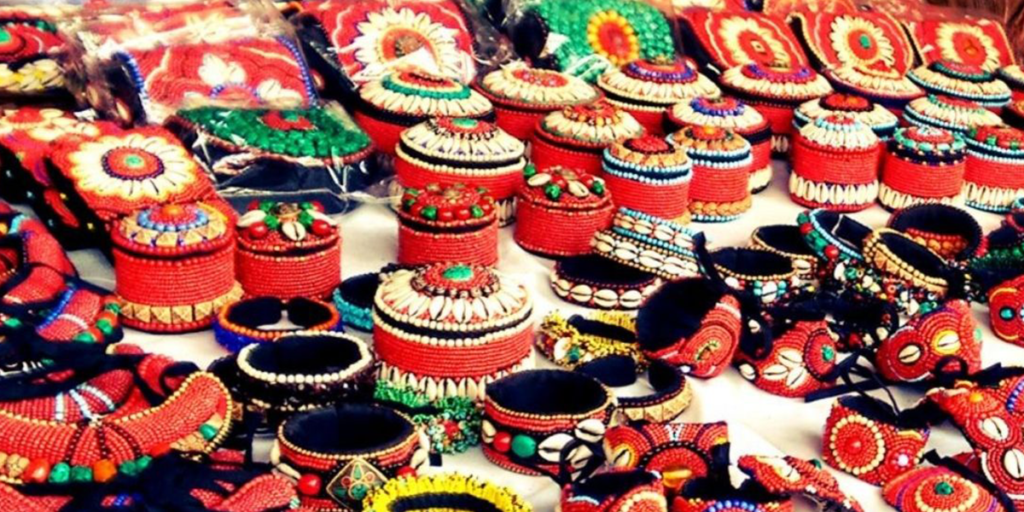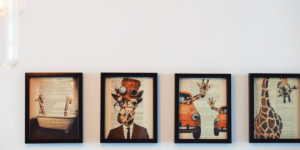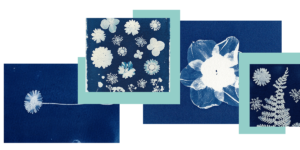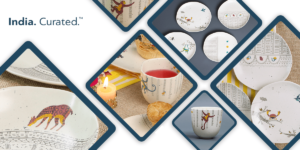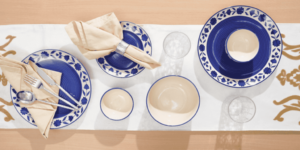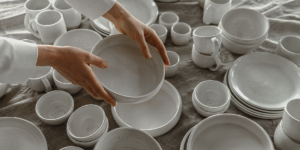In the scorching heat of India, many travelers are picking colder states as their primary option. Himachal Pradesh is a popular state among many of these states. Be it Manali, Kasol, or Shimla, the state has something for everyone. Himachal Pradesh is not only renowned for its breathtaking landscapes and majestic mountains but also its handicrafts and handicrafters. The history of this Indian state dates back as far as two million years ago, with evidence of early humans living in some valleys in the foothills that make up present-day Himachal Pradesh. Himachal handicrafts are also one of the reasons to attract visitors towards it.
Throughout its history, diverse groups of people have arrived and departed from Himachal Pradesh. The Indus Valley civilization is believed to have forced the original inhabitants of the region, the Kols and Mundas, northward from the Indo-Gangetic plains. The Mongoloid Bhotas and Kiratas then migrated, forming the second wave. Finally, a third wave of people from Central Asia came to the subcontinent.
The arts and crafts of Himachal Pradesh that we see today, of them, carry a bit from every group, every community, and every civilization. Skilled handicrafters who have inherited their craft knowledge from previous generations craft each of these unique Himachal Pradesh state handicrafts, giving them their distinct approach.
Himachal Handicrafters: A Brief Overview
Himachal Handicrafts have always been an integral part of Indian culture and getting popular because of their unique style, tradition and its handicrafters. Himachal Pradesh handicrafts reflect the state’s rich cultural heritage. Himachal Pradesh is known for multiple things such as its embroidery, hand woven shawls, jewellery of himachal pradesh, leather craft, wood crafts, and paintings. These Himachal handicrafts are also considered a most common source of livelihood for the handicrafters but also showcase the state’s rich cultural heritage. The Himachal Pradesh handicrafts are a reflection of artistic excellence, intricate designs and creativity on a broader level.
Woodcraft of Himachal Handicrafters
Indian handicrafts items, majorly from Himachal Pradesh, are getting popular worldwide. The United States has consists of a huge market for handicrafts, and Indian handicrafters have made a significant impact in the market of Handicrafts in USA. From wooden carvings to shawls, all Indian handicrafts in USA are in high demand and gaining popularity.
India has been exporting handicrafts to different parts of the world such as the United States handicrafts market for centuries. The government of India is taking several steps to promote and support the handicraft industry or Handicrafters and enhance its global reach. The presence of Indian handicrafts in USA makes it easier for them to export their products to different countries.
Several handicraft companies in India manufacture and export handicrafts from different states, including Himachal Pradesh. These companies have a wide range of products, including wooden crafts, metal crafts such as brass copper iron tin and bell metal, embroidery, and more. These companies provide a platform for handicrafters to showcase their talent and reach out to a wider audience.
Himachal Handicrafts by Handicrafters – USA Wholesale
We know the Indian handicraft industry for its diverse range of handcrafted products. The Indian Wholesalers are promoting handicraft products to the USA Market. Handicraft export from India showcases the country’s rich cultural heritage to Global Market. Moreover, these handicrafts are exported to the USA by Indian handicrafts manufacturers and getting admired by them. Indian Handicrafts USA wholesale has established a strong presence in the country and gaining popularity.
Various handicraft companies in India specialize in wholesale exports of Indian handicrafts to the USA market. These Handicraft companies in India provide a platform for these Indian handicraft products to reach a wider audience in the USA. Moreover, Indian handicrafts wholesale contributes to the growth of the industry, with the increasing demand for Indian handicrafts in the USA market.
Let’s take a look at some of the most popular crafts of Himachal handicrafts and take pride in India’s rich cultural diversity.
Chamba chappals and slippers
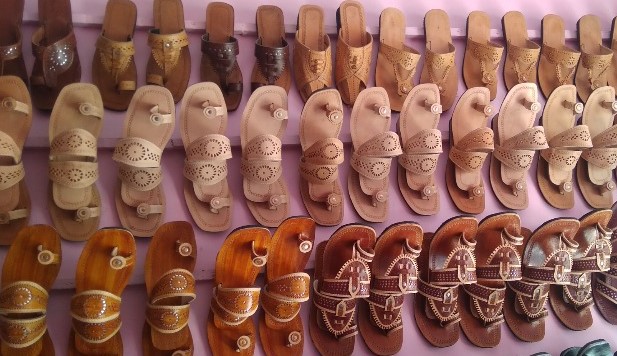
The Chamba chappals and slippers are leather footwear that is comfortable to wear. Especially if required in the hill areas, as well as in summer if you’re in other parts of the country. You probably must be wondering why we have this particular Himachal Pradesh handicrafts is on the top of our list. Well, it’s because apart from the sturdiness, and intricate embroidery on the Chamba chappals and slippers. This famous arts also have an interesting story that made them a popular attraction for consumers pan India.
To fulfill the wish of Katoch princess, Raja Bir Singh sent a cobbler family from Panj Baria village of Nurpur along with her as a dowry. The descendants of the cobbler family, known as Panj Barias, still reside in Chamba town. To fulfill her wish, they sent a cobbler family from Panj Baria village of Nurpur along with her as a dowry. The descendants of the cobbler family, known as Panj Barias, still reside in Chamba town. The descendants of the cobbler family, known as Panj Barias, still reside in Chamba town.
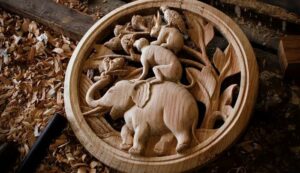
With its distinctive patterns and techniques of production. Himachal pradesh handicrafts such as woodcraft, particularly that of Kinnaur, has earned a position of honor among India’s folk crafts.
The residents of the region maintain their traditions and ways of life. This has given the folkcraft a sense of distinctiveness and uniqueness.
As a result, the region’s craftspeople are the best exponents of traditional woodcraft.
Woodwork is a well-known craft in regions like Kullu, Chamba, and Kinnaur, where rural village houses and mansions feature intricately carved doors, windows, balconies, ceilings, and panels. The crafters create fruit bowls, mugs, and sculptures of Gods and Goddesses with remarkable and beautiful wood carving.
Caps
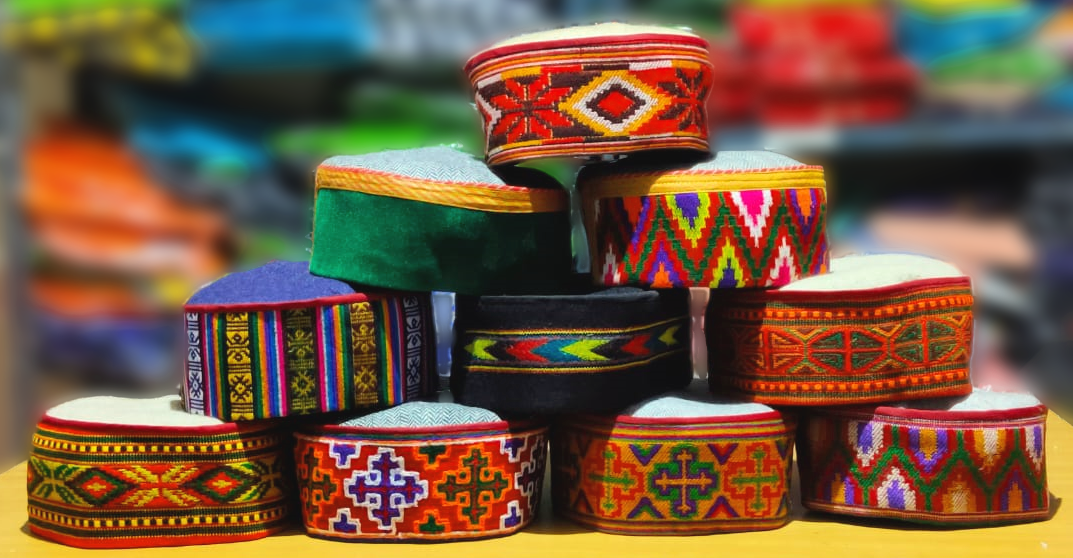
We have all seen the Himachali caps which are distinctive and colorful in their appeal either in movies. When we traveled to the hills and the photographer handed over one to us to take a photo. The Himachali cap express the culture and arts and crafts of a specific region. Their colors and patterns of them vary from region to region of Indian States. The inhabitants of Kinnaur wear green, red, and blue caps, whereas the people of Kullu wear mixed-color caps. The woven patterns on these hats are reminiscent of those found on shawls.
Guests, dignitaries, and family members are given hats as a gesture of appreciation and affection. So, what are you waiting for, plan a trip soon and get your hands on one of these hats.
Shawls

The close-knit designs and luxurious feel of Rampur shawls have earned them a niche following. These sheep wool shawls are also popular in neighboring Tibet. Chamba shawls with checkered patterns and embroidered motifs was instantly recognizable for their long-lasting qualities. Hand-loomed woolen shawls with a vibrant border are indicative of the traditional style.
Additionally, There is a lot of demand for the handicrafts of himachal pradesh both in India and in other nations. Wool items, such as carpets, mattress coverings known as dohru, blankets, woolen shoes, gloves, and socks, are all created from the wool of the sheep. Moreover, Pashmina shawls is made up of goat hair and one of the most popular handicraft of Himachal Pradesh State.
Hemp fiber shoes of Himachal Handicrafts
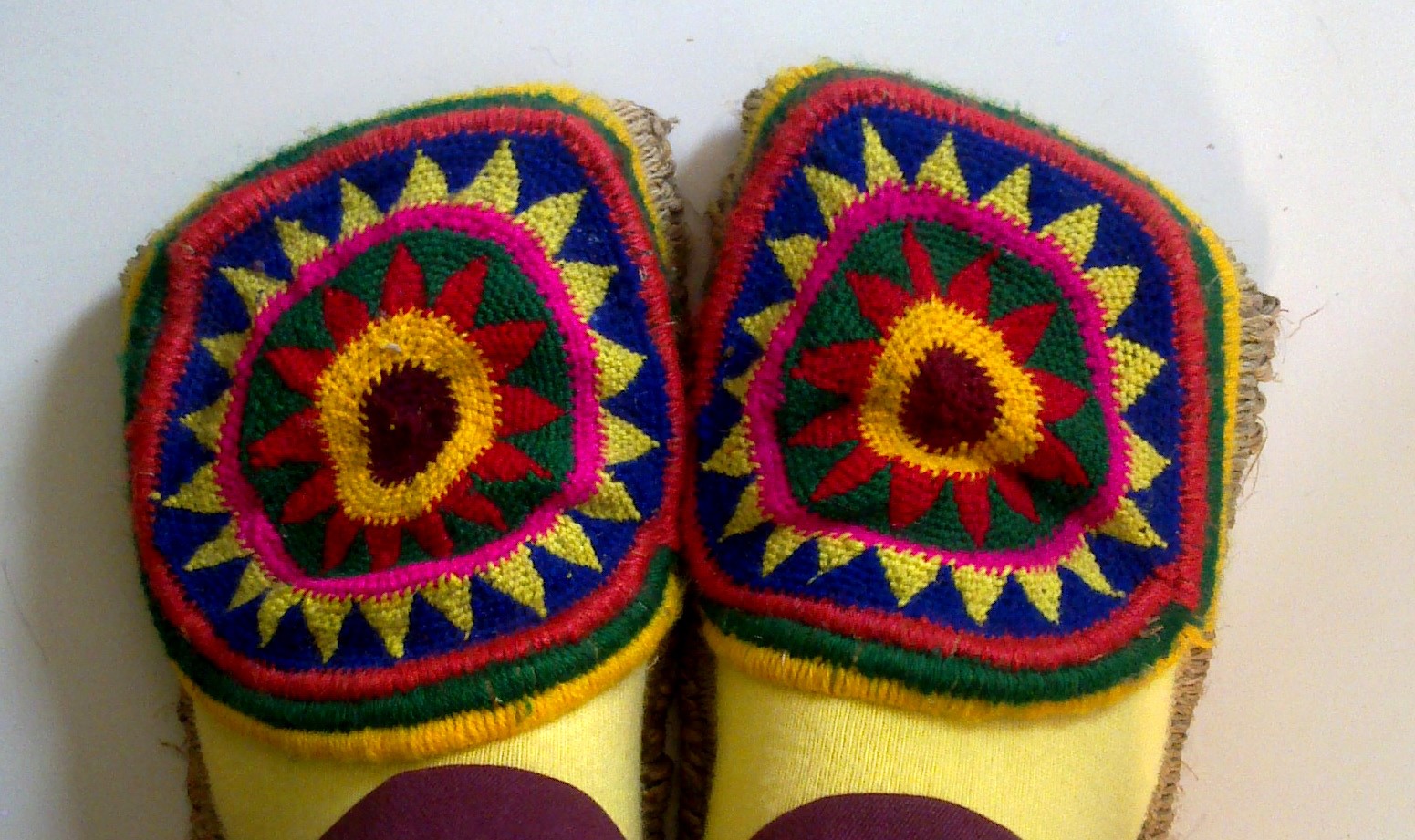
In Kinnaur, the woolen shoes are a one-of-a-kind product and an important Himachal handcraft. Pullans are the local term for similar shoes in other parts of the state. These himachal pradesh handicrafts are best worn indoors during the colder months and comes in bright colours. The shoes’ uppers feature intricately woven patterns inspired by the region’s art and architecture.
The older ladies or local people usually craft the shoes with wool or hemp fiber soles and hemp for the upper section, occasionally using silk for the inner rough surface. Acupressure purposes usually call for rough surfaces.
P.S. – https://blog.expobazaar.com/culture-and-craft-understanding-indian-handicrafts/

